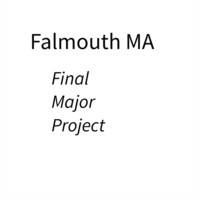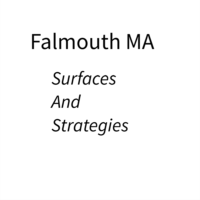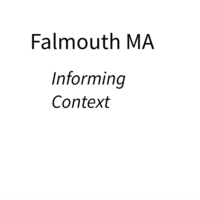The first activity was looking at photography that is not directly created by humans. I started to do some research for this activity and identified a list of potential topics to consider as sources of the image that I would share with the module this week.
The first area on my list was photography used by natural history projects and programmes to record animals that would be difficult to record using more traditional techniques. These include the use of animal triggered image capture which is discussed in a National Geographic article on Animal Selfies(News.nationalgeographic.com, 2017)
The second area I considered was mapping technology used by companies such as Google and Apple which have evolved map technology beyond that created by traditional cartography. I found and interesting article by The Atlantic that explains the process used to merge imagery together to create the rich google data source(Madrigal, 2017). However given the vast amounts of data being merged together there are digital faults created in the imagery which could be viewed as interesting from an art perspective.
The third area I considered was companies that host livecam sites where the point of view is controlled by the organisation but as a photographer you can capture images from those live streams. One company I found was EarthTV that has live feeds from different cities around the world.
After looking at all of these different sources of images I decided to select an image created closer to home. As part of my main project I always considered recording the coast line from different perspectives and not restrict my photography to traditional perspectives achieved by human photographers. I had decided to undertake a few experiments to support this aspect of my project. One of the experiments was to attach a GoPro to one of the dogs when we go on our daily walks a record the work from her perspective. I decided to use timelapse photography to capture a stream and then select interesting images from the stream for inclusion in the project.
This is similar to work done by Christopher Allen and his cat ‘Nancy Bean'(BBC News, 2017)
This research led me to consider a broader question when does photography move from have direct human involvement to no longer have direct human involvement. In the animal trigger photography humans decided where to place the camera how the camera would be triggered but have delegated the trigger point to another source. Or in the case of CCTV or livecam images Asa photographer I am watching a stream from a fix perspective but I still decide when to trigger when to capture the image. In the case of my image I made decisions on timelapse frequency those the direction the sensor pointed was decided by our dog Nadia. However I decided which images to select from the stream.
After discussions this question with some module members and David Ellision I reach the following conclusion on this subject relates to relinquishing control within the photographic process.
Different methods result in relinquishing different levels of control so the direct human involvement using that definition is not binary but a continuum. For some photographers not having access to a viewfinder might push the method beyond a point where they now feel they are directly involved in the process however for another photographer they might be comfortable giving upon control over more parameters before they reach the point where they feel they do not have direct involvement in the process.




